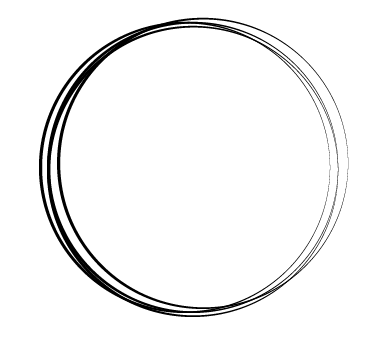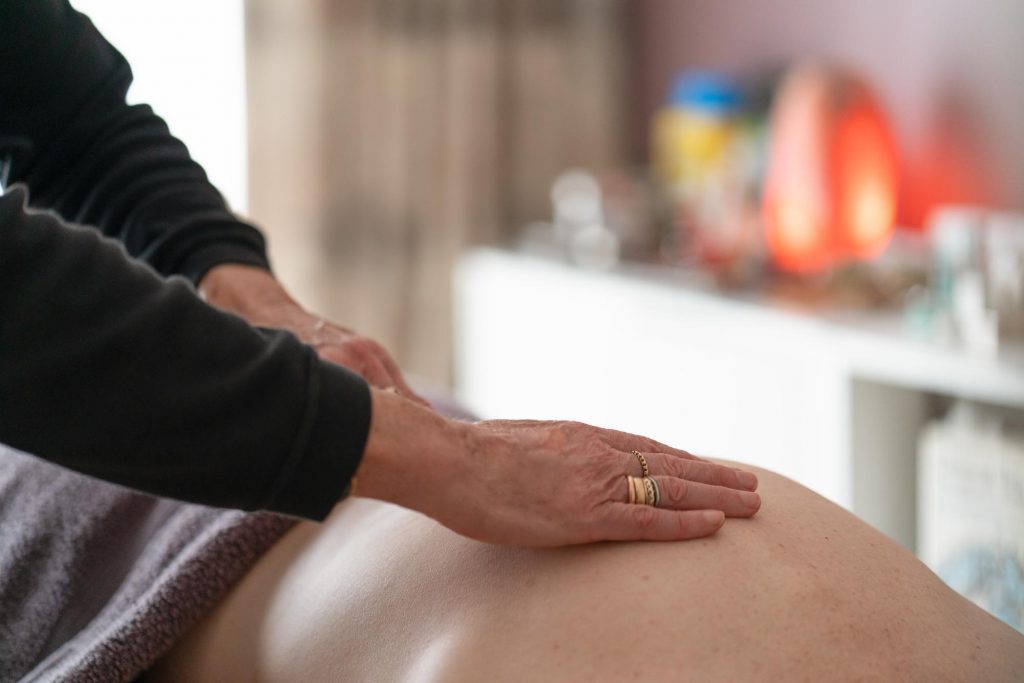Shiatsu Therapy

Shiatsu is a highly respected and popular traditional healing practice, recognised as a paramedical speciality in Japan since 1952. It is a non-invasive manual therapy that provides relief from pain and stress-related conditions, as well as supporting general health maintenance.
How does Shiatsu work?
In Shiatsu, gentle and focused pressure is applied to the body to improve the circulation of the receiver’s Ki and blood. It corrects imbalances by the application of pressure using thumbs, palms, elbows or knees to stimulate the receiver’s Ki in the meridian pathways. Stretches and joint rotations are often used to release muscle tension, ease joint stiffness and re-align the body’s structure. The receiver experiences deep relaxation and relief from symptoms such as shoulder stiffness, back and joint pain, tired eyes and fatigue. Shiatsu is usually performed through clothing.

Research commissioned by the European Shiatsu Federation showed that Shiatsu was used with a wide range of conditions including asthma, joint and back pain, headache, assisting pregnancy, depression, bowel problems and stress, and in palliative care. The research also found that regular use of Shiatsu reduced symptom severity, number of physician/hospital visits and intake of medication. Other reported benefits included improved posture, feeling more relaxed, calm or energised, more able to cope and more balanced.
If you are interested in more specific readings, Christine recommends The Effects and Experience of Shiatsu: A Cross-European Study, a study published in 2007 by the University of Leeds.
These findings are supported by a systematic review of research confirmed that Shiatsu relieved pain such as dysmenorrhoea, low back pain and labour pain.
For further questions, please refer to our FAQs page
